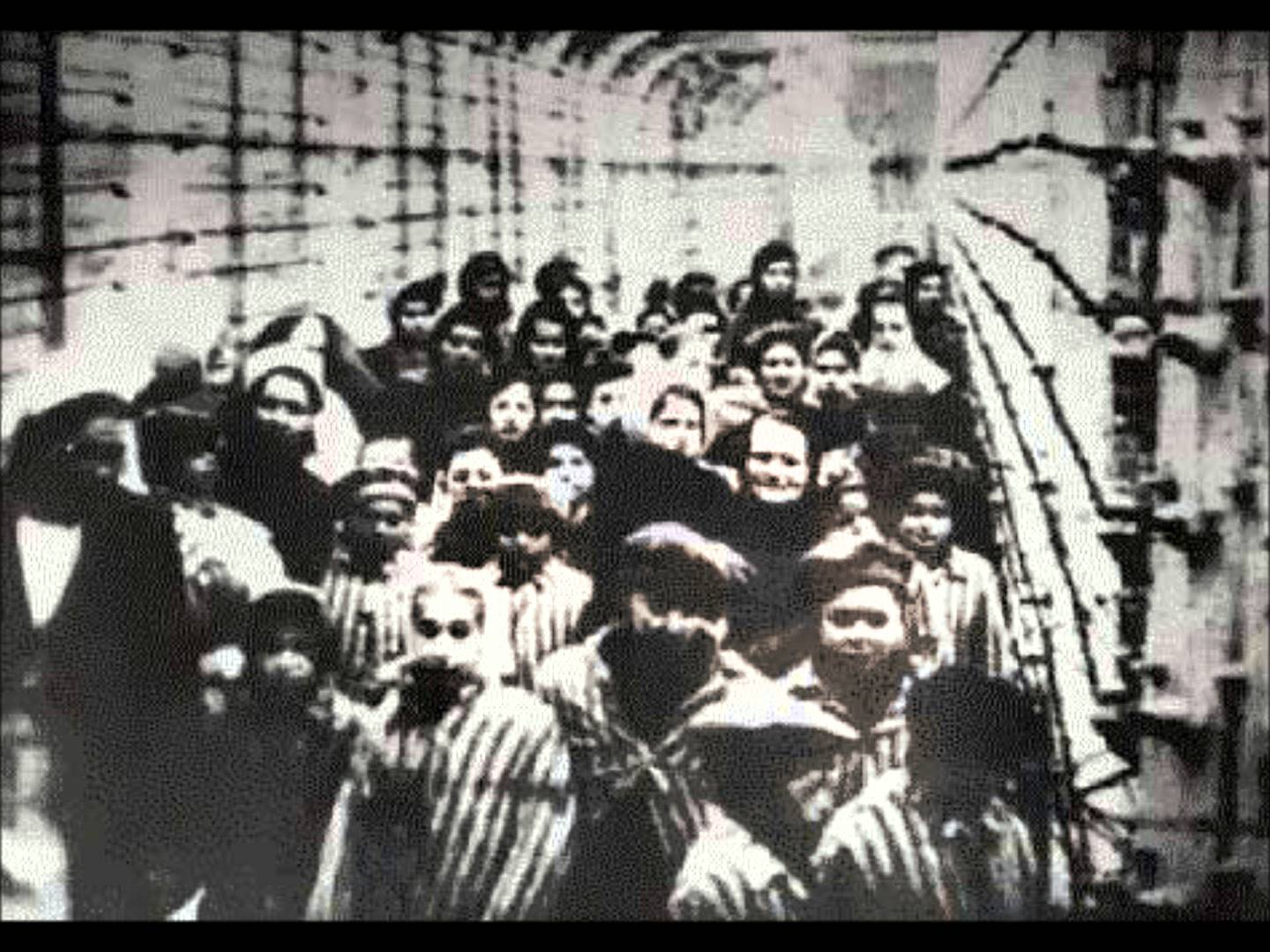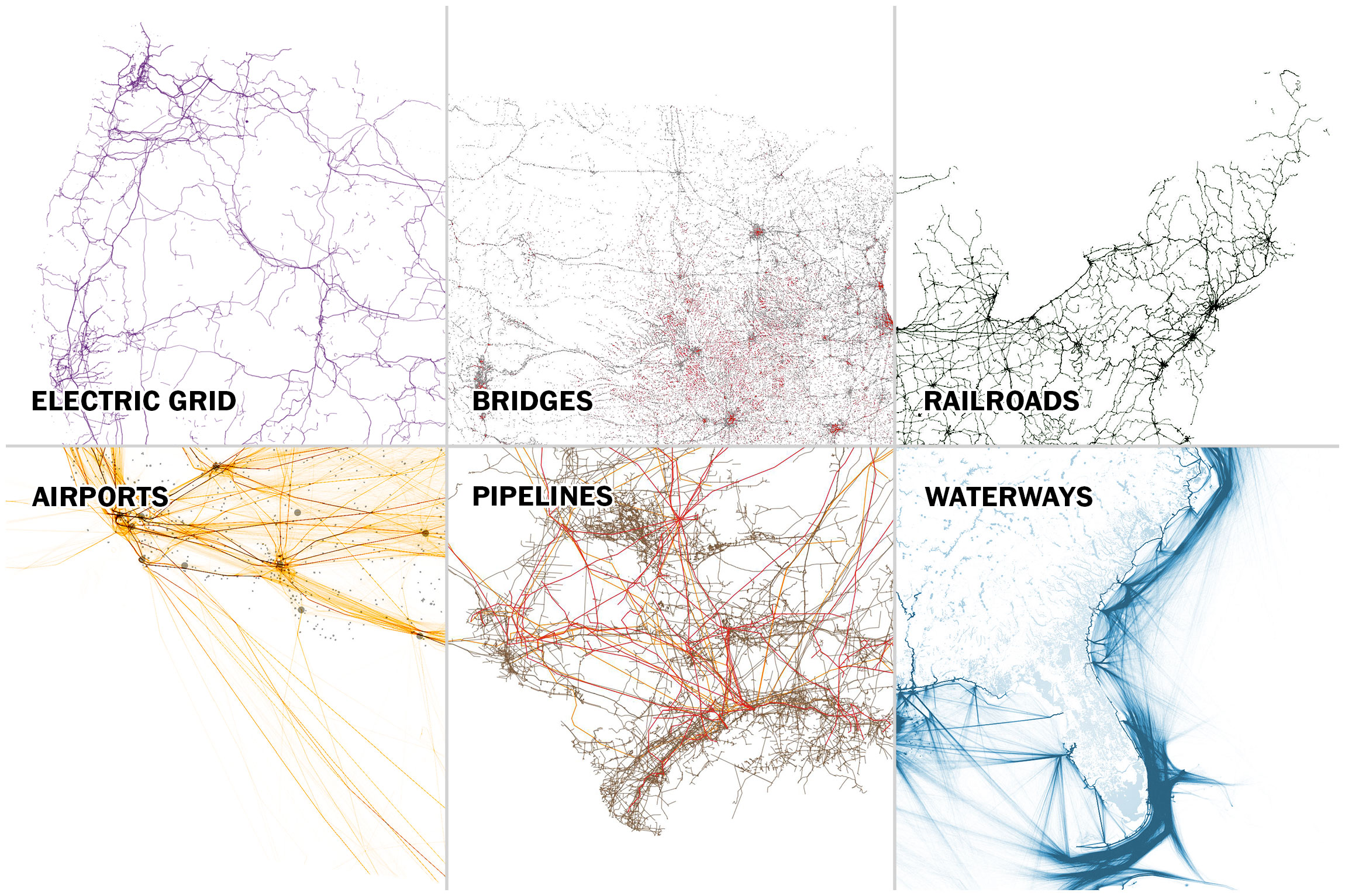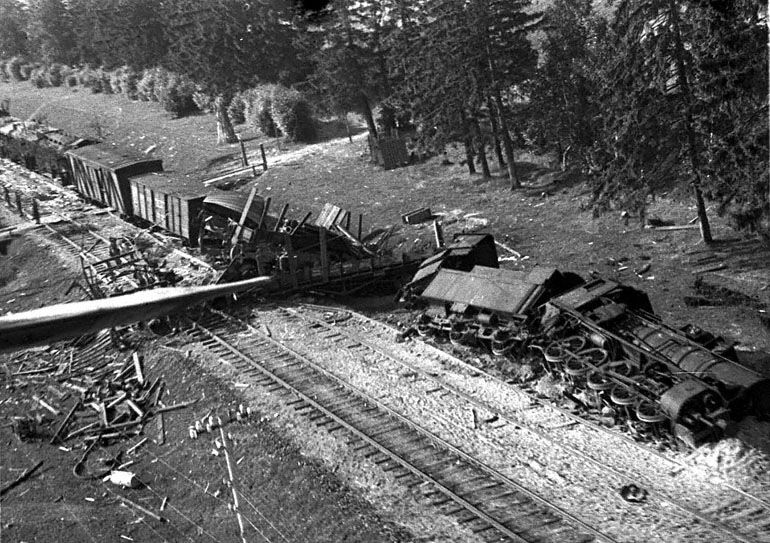
"Our Best Hope" — A Blueprint for Effective Resistance
This is excerpted from Chapter 15, “Our Best Hope,” in the book Deep Green Resistance: Strategy to Save the Planet. It was written by Lierre Keith. In our story, the first direct hit to industrial infrastructure is likely to be something more pragmatic and less daring, like the electric grid. Our actionists have planned well. Remember the four criteria for target selection: the grid is accessible, vulnerable, and critical, and while it is recuperable, the abundance of the first three criteria could potentially make that recuperability more theoretical than practical. ...






